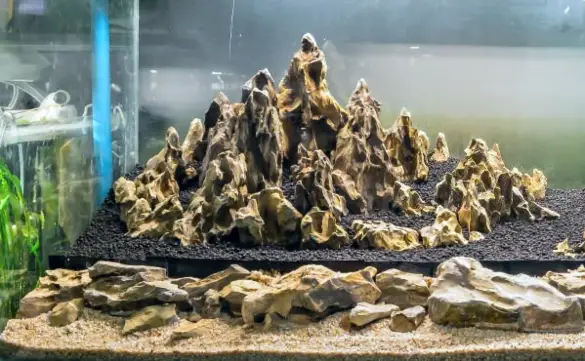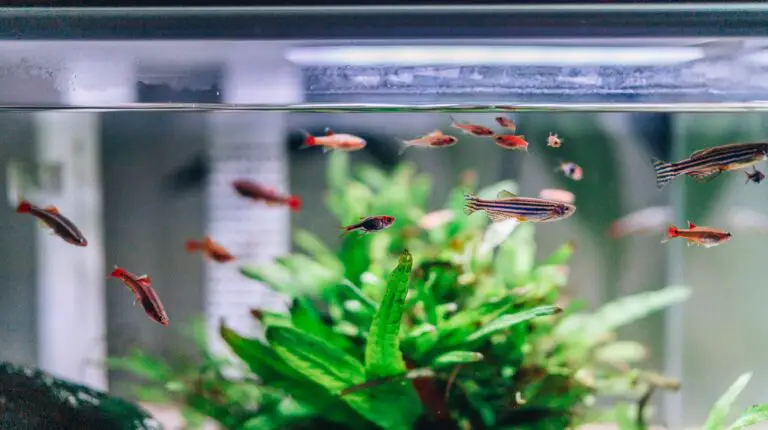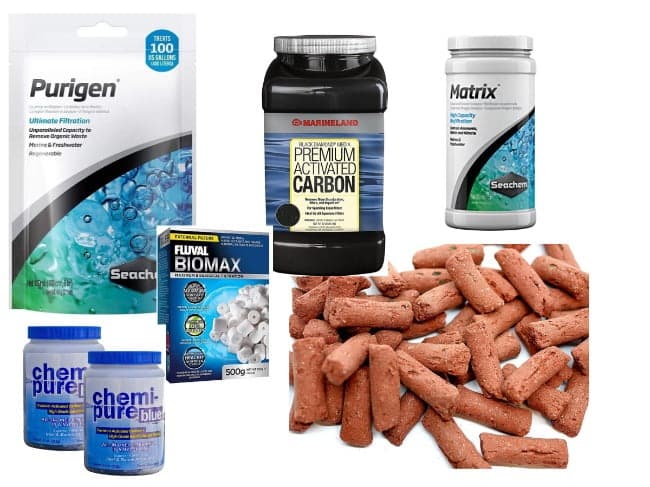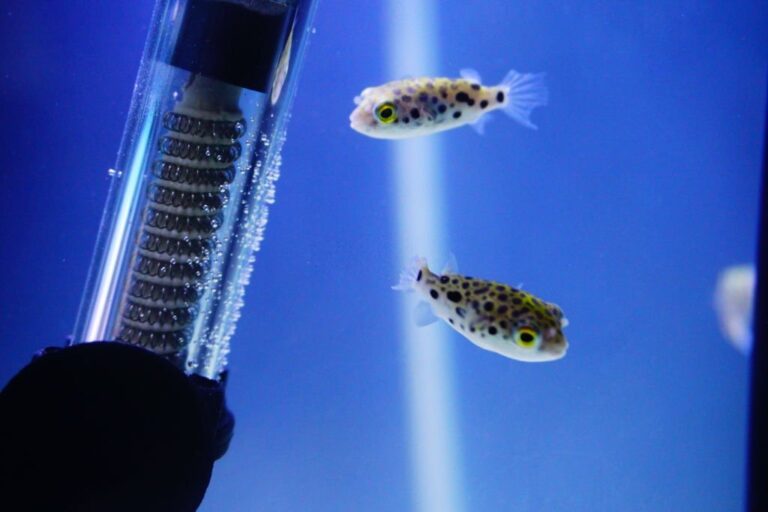4 Critical Reasons Why You Need Aquarium Substrate
Aquarium substrate or gravel adds beauty to an aquarium and comes in a range of hues and sizes, ranging from small pebbles and sand to massive river boulders. However, it also provides various vital functions other than ornamentation, however in some cases, employing a substrate is not desired.
The four most critical reasons why you need aquarium substrate include:
- Biological filtration
- Fish Habitat
- Live Plants
- Aesthetics
What Is Aquarium Substrate?
Substrate refers to aquarium gravel or any other material placed on the tank’s bottom. Beneficial bacteria live on the substrate of your aquarium and break down fish waste, leftover food, and plant debris to keep the water clean. Aquarium substrate is part of any new fishkeeper’s list of essential aquarium items.
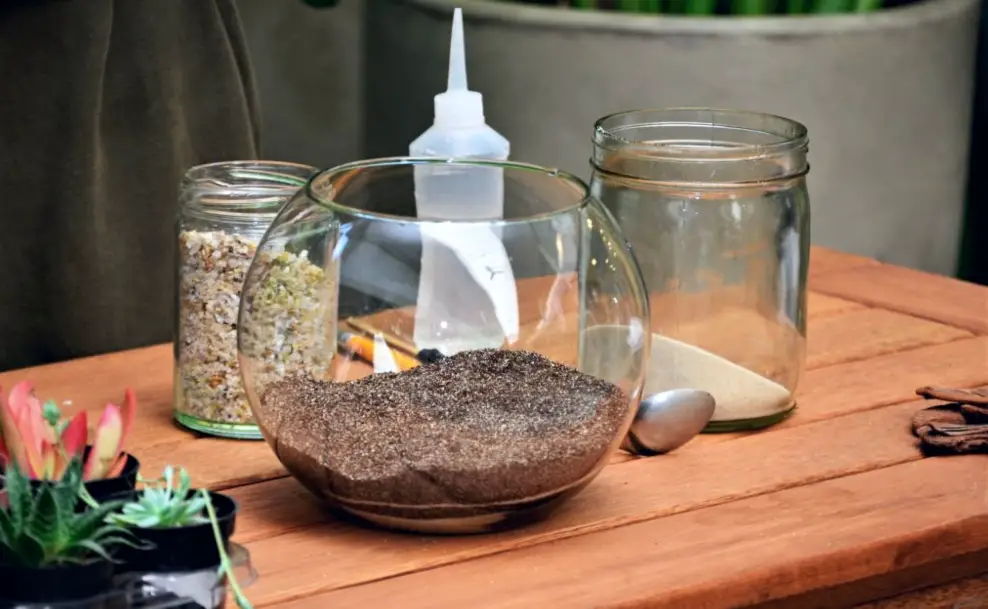
4 Reasons Why Aquariums Need Substrate
If you’re considering whether or not to add aquarium substrate to your tank, read the following four reasons to help guide your decision-making:
Biological Filtration
The most significant purpose of aquarium substrate is that it acts as a habitat for beneficial bacteria that perform biological filtration. The bacteria can survive in the absence of substrate, but they may not grow in sufficient numbers to maintain the aquarium water safe for your fish.
If the tank’s bottom is left exposed, it will be required to do water changes more frequently to prevent dangerous waste from accumulating. However, if the aquarium is overcrowded with fish, even regular water changes may not be enough to maintain ammonia and nitrite levels low without an appropriate substrate to house the beneficial bacteria that offer biological filtration.
Fish Habitat
Aquarium substrate is an important component in providing a comfortable environment for your fish. It provides hiding places for fish — particularly those that burrow — and enrichment for bottom-dwellers who like to browse through the substrate for pieces of food. It also helps to eliminate reflections within the tank, which can stress the fish.
Substrate can also be utilized to enhance water chemistry. If your fish demand hard water, for example, limestone gravel or a coral substrate can help you attain the proper hardness and alkalinity levels.
Furthermore, substrate might serve as a safe haven for fish eggs. Larger substrates allow eggs to fall out of reach of ravenous fish who would gladly consume their own progeny. Similarly, infusoria or minute creatures, that may be found in the gravel substrate are excellent initial foods for newly hatched fish.
Home for Live Plants
If you have live plants, a substrate is essential, second only to lights in terms of keeping them alive. The right substrate in planted tanks can help your plants root and meet their nutritional requirements.
Laterite and vermiculite are popular substrates for planted aquariums because they store and release nutrients for the plants. They are typically used in conjunction with gravel. Furthermore, certain aquarium plants with larger root systems require greater depth to the substrate, so keep this in mind while creating your aquarium.
Aesthetic Appeal
You may not be able to see all of the microscopic ways the substrate benefits your fish, but you will notice how it improves the overall visual appeal of the aquarium. Substrate, in addition to adding a decorative element to the tank, captures debris and other things that would otherwise float through the water. Try keeping a tank with no bottom for even a day and you’ll be shocked at how much “waste” accumulates on the bottom.
Substrate, in addition to concealing undesired objects, reveals what you actually want to see — the fish. A silverfish, for example, does not show out well against naked glass. When viewed against a black background, though, all of its details stand out. Aside from making watching more enjoyable, substrate in a contrasting hue to the fish helps you to more easily detect any health concerns or unusual behavior in your fish.
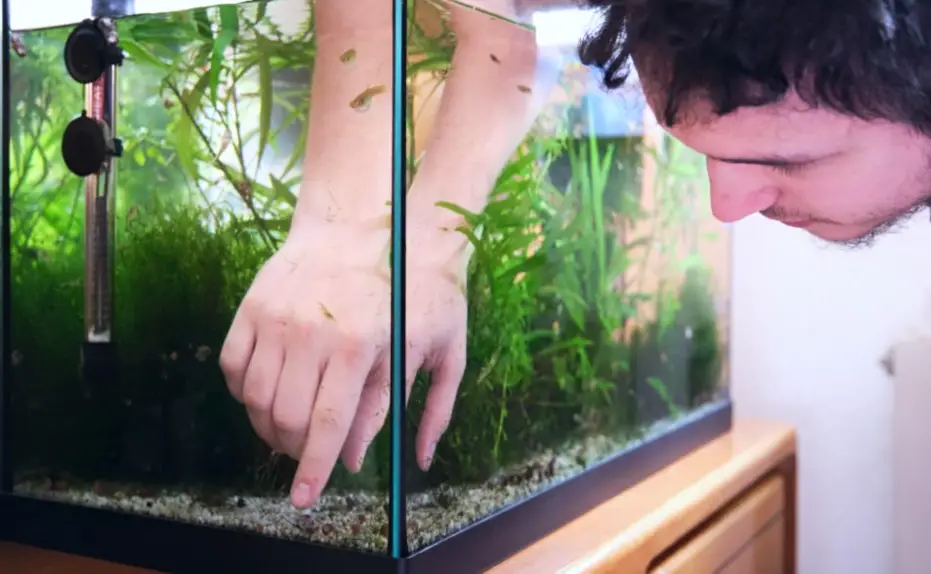
When Aquarium Substrate Isn’t Ideal
Substrate isn’t always essential or even desirable in some aquariums.
Grow-Out Tanks
The most typical reason for not using substrate is in a grow-out tank to hatch eggs and nurture small fish. Grow-out aquariums must be kept immaculately clean, which necessitates regular water changes and rapid waste vacuuming. Fry are so little that they might be difficult to spot against a gravel substrate. As a result, they are easily sucked up while vacuuming the substrate or changing the water.
Quarantine Tanks
In addition, quarantine tanks frequently lack substrate, which might retain infections that can stay and infect the next tenant. A tank with no bottom is an excellent approach to avoid this risk. For the same reason, some owners opt to keep substrate out of quarantine tanks, which are used to contain freshly acquired fish before releasing them into the main aquarium.
Unnatural Substrate
Finally, some individuals feel that brightly colored gravel might stress fish since it doesn’t resemble their native environment. Because stress is a significant contributor to a weakened immune system in fish, making them prone to disease, you may want to err on the side of caution and choose a more natural substrate.
How to Replace Aquarium Substrate in an Established Tank
If you decide to change your aquarium substrate but you’re worried about impacting your tank’s beneficial bacteria — watch this video below:
Substrate Sources
It is also preferable to utilize aquarium gravel that is particularly engineered for use in freshwater or saltwater aquariums rather than a natural substrate that may include parasites or undesired species. Because paint from artificially colored gravel might leech into the water, make certain that any product you use is absolutely non-toxic to fish.
Crystal Clear Aquarium Water with KaveMan Aquatics
Get that extra aesthetic appeal from your aquarium with your aquarium substrate. Learn how you can keep your aquarium water crystal clear with KaveMan Aquatics’ ebook.
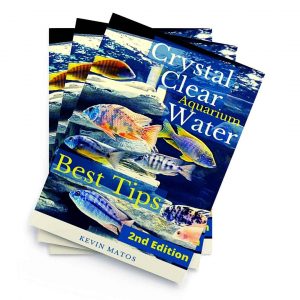
-
4 Critical Reasons Why You Need Aquarium Substrate
If you’re considering whether or not to add aquarium substrate to your tank, here are four critical reasons that will provide some insight. Learn more now!

